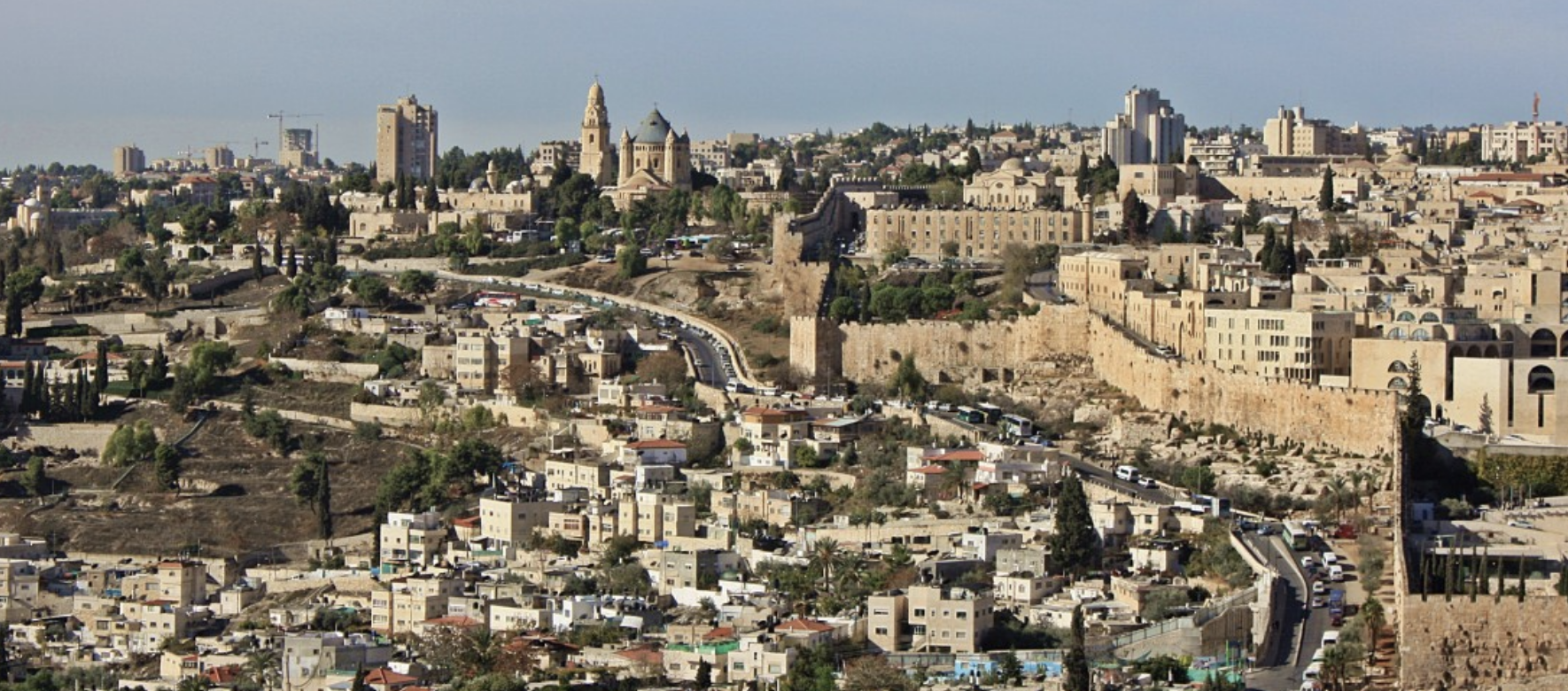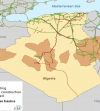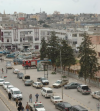The OECD report on Israel's economy in 2023 highlights the robustness of Israel's recovery after the health crisis and the solidity of the country's economic fundamentals, which indicates a good capacity to absorb external shocks by Israel (COVID first, war in Ukraine next). The reserves of the Bank of Israel still represent more than 37% of GDP.
However, there are a number of structural weaknesses linked to the dual nature of Israeli society which leads to a two-speed economy. More recently, domestic political risk has reinforced certain weaknesses:
1) The productivity gap between Israel and the average of OECD countries (-30%) is not being reduced satisfactorily despite the importance of the “high tech” sector (15.4% of GDP and about 12 % of jobs) whose performance is above the OECD average. The value added per worker in “high tech” is 140,000 USD against 80,000 USD on national average (120,000 for the OECD average).
2) Over the long term, Israel’s defense spending tends to decline in relative value. They are generally placed a little above 6% of GDP. For the past four years, this decline has been offset by an increase in spending on infrastructure. Israel lags markedly in this area since its stock of infrastructure does not exceed 50% of GDP compared to nearly 70% for the average of OECD member countries. This offers opportunities for French companies involved in the design, construction or management of infrastructure. The effort to finance infrastructure (in particular transport and telecommunications) will have to be strengthened if Israel wants to catch up and follow the evolution of its demography (+2% growth per year). This probably implies a modernization of tax policy.
3) At this stage it is estimated that Israel’s primary budgetary expenditure is around 35% of GDP, the lowest proportion in the OECD (after that of Ireland); in France they are around 55%. This betrays some weaknesses, particularly in the health and education sectors. Health expenditure (before COVID) does not exceed 7% of GDP, which places Israel in the last decile of OECD member countries.
The indicators (life expectancy, employment rate, school performance) also show significant distortions between social groups. Compared to those of “Israeli Jewish men”, labor income is on average 49% lower among Arab men and 71% lower among ultra-Orthodox men. In the medium or long term (2050), the poorest social groups will represent almost half of the population.
If their involvement in the productive economy is not improved, it could result in Israel’s economic downgrade.
Source Embassy of France in Israel








Réagissez à cet article